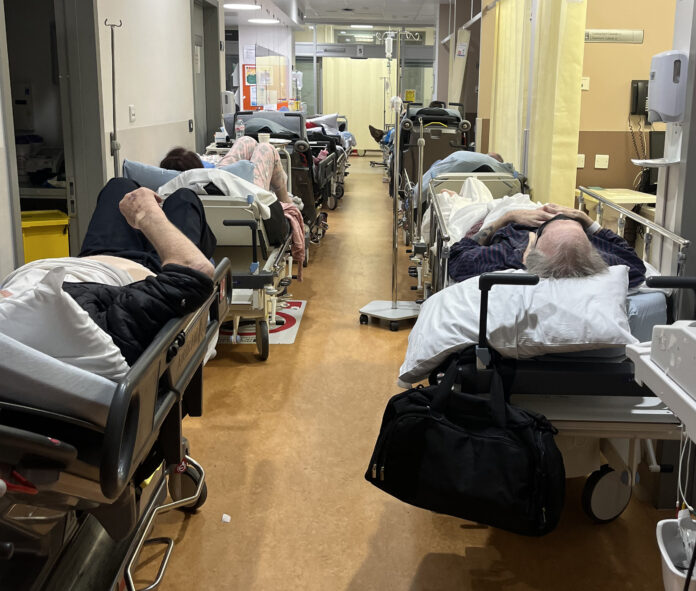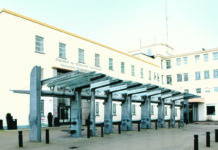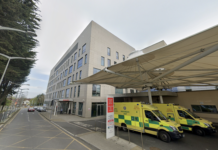
FIVE inspections have been conducted by fire safety specialists at University Hospital Limerick in the five weeks since a “major internal incident” of overcrowding was declared by hospital management on January 2.
The inspections of the hospital’s emergency department, units and wards were carried out to mitigate any potential risk to patent safety, as part of the fire service’s duty of care to members of the public.
A spokesman for Limerick City and County Council confirmed that “there have been five inspections of the emergency department at UHL since January 2.
The Limerick fire service has threatened to prosecute the University of Limerick Hospitals Group on a number of occasions for breaching the maximum number of patients and trolleys allowed in the emergency department.
Details of the five recent fire inspections have been sought from the Council but were not available.
The number of patients on trolleys waiting for beds in UHL has returned to “high risk levels”, and it was once again Ireland’s most overcrowded hospital yesterday (Wednesday).
According to figures published by the Irish Nurses and Midwives Organisation (INMO), there were 82 patients on trolleys, 31 in the emergency department and a further 51 in others wards.
A hospital source claimed that paramedics waited for up to an hour to handover patients at UHL due to a lack of available trolleys and trained emergency department nurses, on Tuesday night/Wednesday morning.
The source added that the hospital’s Resus Department which treats critically injured trauma patients, was full overnight.
“It is back to being a shitshow. UHL is back to normal,” the source said.
Mary Fogarty, INMO assistant director for industrial relations in Limerick, said the union raised concerns with management that trolley numbers will increase over a very short period of time in the emergency department.
“Additional bed capacity is required urgently, as well as a greater level of discharges at weekends, and greater availability of senior decision-makers on site. They are the people who decide whether somebody is admitted or discharged, so they need to be there for greater periods of the day and night,” Ms Fogarty explained.
In a statement issued by the University of Limerick Hospitals Group, a spokesman pointed out that “although the major internal incident at University Hospital Limerick (UHL) in early January has been stood down, the hospital remains in a state of high risk in terms of the potential for presentations through the emergency department to exceed our capacity for optimal care.
222 patients presented at UHL on Tuesday and management continues to mitigate pressure on the hospital with “additional ward rounds, accelerated discharges of inpatients, and identification of patients for transfer to Ennis, Nenagh and St John’s hospitals”.
“Supply of trolleys for transfer of patients from ambulances presenting was sufficient to meet the level of demand throughout the day”.
“The Resus unit in the emergency department was full at one specific point in time yesterday, as a result of arrangements necessary to transfer four patients out of the unit. There was only a minor deficit in emergency department nursing staff yesterday that was mitigated through redeployment from other departments in the hospital.
The statement added that the Hospitals Group was “managing high numbers of inpatients through surge capacity in its Nenagh and Ennis hospitals which has required cancellation of day surgery on those sites up to this week”.










